Tokyo in January 2025: Highlights, Events & Festivals
While I personally visit Tokyo shrines with friends every New Year, I've noticed a growing number of international visitors joining in these shrine celebrations. That's why I decided to write this article - to help more international visitors discover the best shrines for New Year's celebrations.
Another reason for writing this is to introduce the increasingly popular Magical Trip tours. For those interested in shrines, I highly recommend the "Asakusa Cultural Walk & Matcha Making Tour." Other than that, Magical trip has tours which ranked #1 among all TripAdvisor tours in 2024.
For those who would like to check more tour options for Tokyo, please visit the tours listing page.

Japanese culture and traditions can be challenging to understand on your own, but with a local guide's explanation, you can learn about them in an enjoyable way.
When you explore these spots with a deeper understanding of their cultural and traditional significance, you're likely to appreciate them even more.
Introduction
Tokyo, Japan's capital, is a metropolis that combines modern skyscrapers and entertainment facilities while preserving historical buildings and natural spots.
January in Tokyo is particularly cold, with average daytime temperatures around 5.4°C and nighttime temperatures dropping to about 1.2°C. While many days are sunny, it can be windy, so wearing thick outerwear along with scarves and gloves is recommended.
January marks the New Year, and the entire city embraces a celebratory atmosphere. In Japan, New Year's celebrations are more significant than Christmas, with numerous events held to commemorate the occasion, particularly centered around shrines and temples. This article will introduce the highlights, basic information, timing, and access details for various events.
2025 Year-round Event Schedule in Tokyo↓
・Tokyo: List of Events & Festivals for 2025
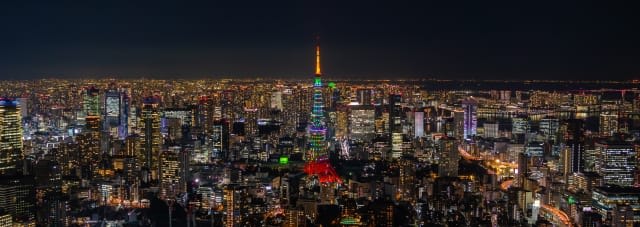
Table of Contents
- Various Events in Tokyo January 2025, Centered Around "Hatsumode"
- Ueno Toshogu Winter Peony Exhibition (Tokyo Event January 2025)
Various Events in Tokyo January 2025, Centered Around "Hatsumode"
January 2025 brings numerous exciting events to Tokyo. Various traditional Japanese events are held throughout the city, primarily centered around "Hatsumode," the first shrine or temple visit of the year.
January is a lively time not only at religious sites but also at shopping facilities. Many stores hold New Year sales, offering various items at special prices. Furthermore, "Fukubukuro" (lucky bags) - mystery bags filled with assorted products - represent a unique Japanese New Year tradition only available during this period.
Hatsumode
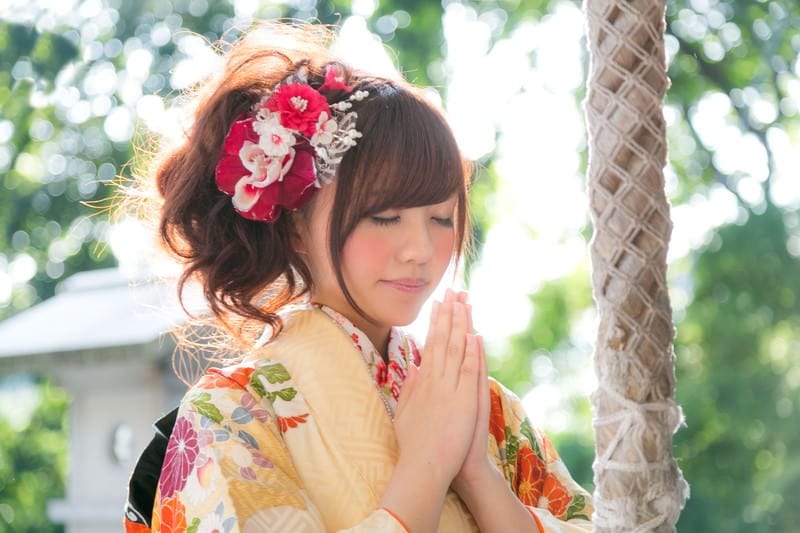
Hatsumode is a traditional Japanese New Year's custom of making the first shrine or temple visit of the year. The first three days of January (1st-3rd) are particularly crowded as many people perform their Hatsumode during this period.
The purpose of Hatsumode is to express gratitude for the previous year and pray for happiness and safety in the new year. When visiting shrines, people make wishes and can purchase good luck charms called "omamori."
How to Pay Respects:
1. Choose a shrine
2. Line up for worship
3. Put money in the offering box (5 or 10 yen coins are common)
4. Perform "ni-rei ni-hakushu ichi-rei":
Worship method: Two bows → Two claps → One final bow
5. Make a wish in your heart
6. Purchase omamori or omikuji (fortune slips)
Senso-ji Temple
Source: Official website
Senso-ji, built in 628, is Tokyo's oldest temple. It welcomes approximately 30 million visitors annually, with about 10% of these visitors coming during the first three days of January for the New Year's prayers. As one of the most anticipated Tokyo Events January 2025, Senso-ji's New Year celebration begins when the massive "Joya no Kane" bell rings across the new year, accompanied by visitors' cheers.
A major highlight is the Nakamise Street in front of Senso-ji, decorated with auspicious goods. While bustling throughout the year, it becomes even more lively during the New Year season. Visitors can purchase lucky items along Nakamise Street.
Due to its popularity, expect long queues during daytime hours. For shorter wait times, visit early morning or after evening. This temple is recommended for those who want to experience the New Year celebrations with all five senses.
<Information>
Dates: Generally January 1-7
Access: 1-minute walk from Exit A4 of Asakusa Station on Tokyo Metro Ginza Line
Admission: Free
Website: https://www.senso-ji.jp/
Meiji Shrine
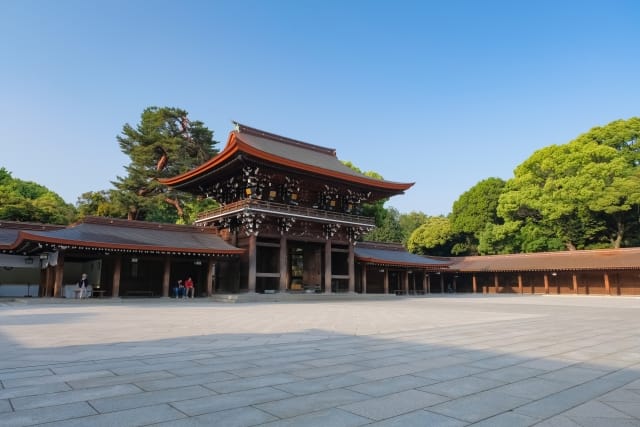
Built in 1920, Meiji Shrine is known for its spiritual power for matchmaking and marital harmony. Despite its urban location, it's often called an urban oasis, surrounded by approximately 100,000 trees collected from across Japan.
Meiji Shrine receives the highest number of New Year visitors in Japan, with about 3 million people visiting from January 1-3. It's perfect for those wanting to purchase unique Japanese lucky charms and ema (wooden plates for writing wishes).
The shrine features Japan's largest wooden torii gate, measuring 12 meters high and 17.1 meters wide. Don't miss this quintessentially Japanese architectural feature during your visit.
<Information>
Access: 1-minute walk from JR Harajuku Station (Yamanote Line) or Meiji-jingumae Station (Tokyo Metro Chiyoda and Fukutoshin Lines)
Admission: Free
Website: https://www.meijijingu.or.jp/
Kanda Myojin
Source: visit-chiyoda.tokyo
Kanda Myojin, built over 1,300 years ago, is the guardian shrine of the Kanda, Akihabara, and Nihonbashi areas. It's especially popular among business owners and entrepreneurs as its deities are associated with business prosperity and financial fortune.
During New Year visits, street food stalls create a festival atmosphere. The shrine is notable for its unique fortune slips and ema. Being close to Akihabara, the anime district, you can find rare ema decorated with anime illustrations.
The shrine gets crowded, so check the official website's live crowd monitoring system before visiting.
<Information>
Access: 5-minute walk from Ochanomizu Station (JR Chuo/Sobu Line), 7-minute walk from Akihabara Station (Electric Town Exit)
Admission: Free
Website: https://www.kandamyoujin.or.jp/access/
Zojoji Temple
Source: Official website
Zojoji Temple is a spiritual site with approximately 630 years of history, known for its power related to good fortune. In the spiritual world, Zojoji is considered a power spot where the celestial energy from Tokyo Tower (standing behind the temple) converges with the marine energy from the nearby Tokyo Bay.
Many people visit Zojoji as a photography spot, where the majestic atmosphere of the temple combined with the towering red Tokyo Tower creates a spectacular view.
As a traditional event for January 2025, at midnight on January 1st, the temple bell is rung 108 times to purify the soul, after which the New Year's visit (Hatsumode) begins. For those who want to experience an authentic Japanese New Year celebration alongside locals, Zojoji is highly recommended.
<Information>
Schedule: January 2025
Access: 10-minute walk from JR Line/Tokyo Monorail Hamamatsucho Station
Admission: Free
Website: https://www.zojoji.or.jp/
Yasukuni Shrine
Source: Official website
Yasukuni Shrine, built in 1869, is dedicated to the spirits of those who sacrificed their lives for the country. It is said to possess power related to household safety, ward off evil, and ensure traffic safety.
The shrine is famous for displaying a massive ema (votive tablet) measuring 2.19 meters in height and 2.76 meters in width during the New Year's visit. This tradition has continued for over 40 years, with a new design featuring the Chinese zodiac animal of the year.
During the New Year's visit, various Japanese cultural events are held. A highlight is the "Shinsyun Yumehajime" (New Year's Archery Ceremony), where people wearing traditional costumes compete by shooting arrows at targets. The sight of archers shooting in this solemn atmosphere is truly spectacular.
Recommended for those who want to enjoy traditional Japanese New Year decorations and ceremonies.
<Information>
Schedule: January 2025
Access: 10-minute walk from JR Chuo/Sobu Line Iidabashi Station West Exit
Admission: Free
Website: https://www.yasukuni.or.jp/
Usokae no Shinji (Gojoten Shrine)
Source: TAITO Odekake Navi
At Gojoten Shrine in Ueno Park, Taito Ward, a traditional ceremony called "Usokae no Shinji" is held annually on January 25th. This ritual cleanses the previous year's misfortunes as "lies" (uso) and welcomes good fortune for the new year.
The word "uso" derives from a bird called "uso," which shares the same pronunciation as the Japanese word for "lie." Participants return their palm-sized wooden uso birds from the previous year and receive new ones. It's particularly auspicious to receive a "gold uso" with gold paper attached to its head. Even first-time visitors without previous uso birds can receive new ones.
Distribution begins at 9 AM, and quantities are limited. It's recommended to arrive and line up before the start if you really want to obtain one. This event is perfect for those seeking special Japanese cultural items.
<Information>
Schedule: January 25th, 2025
Access: 5-minute walk from JR Ueno Station, 5-minute walk from Tokyo Metro Ueno Station, 3-minute walk from Keisei Ueno Station
Admission: Free
Website: https://www.gojoutenjinsha.com/
Ueno Toshogu Winter Peony Exhibition (Tokyo Event January 2025)
Source: Official website
Ueno Toshogu, located in Ueno Park, is one of Japan's three major Toshogu shrines. The shrine features a "Peony Garden" where visitors can appreciate various types of peonies alongside historically significant buildings.
Among the peonies, "Winter Peonies" can be viewed from January 1st to mid-February. These special flowers are cultivated using advanced techniques to bloom during winter when flowers are scarce, making them auspicious for the New Year. Visitors can enjoy the Kanto region's largest collection of winter peonies, featuring 40 varieties and 160 plants. Another highlight is the opportunity to view these winter peonies alongside plum blossoms and early-blooming cherry blossoms.
The combination of Toshogu Shrine and the magnificent peonies creates a refined atmosphere. This uniquely Japanese scenery, only visible during the New Year period, is highly recommended for visitors.
<Information>
Address: 9-88 Ueno Park, Taito-ku, Tokyo
Access: 5-minute walk from Ueno Station Park Exit or 5-minute walk from Keisei Ueno Station Ikenohata Exit
Admission: 700 yen
Website: https://uenobotanen.com/schedule/winter/
Torikoe Shrine Dondoyaki
Source: Event checker
Torikoe Shrine Dondoyaki is a traditional New Year event held annually at Torikoe Shrine in Taito Ward. "Dondoyaki" is a Japanese traditional ceremony where old talismans and used lucky items are piled up and burned to send them back to the heavens along with the New Year's deities.
This event is held nationwide under different names (at Torikoe Shrine, it's called "Dondoyaki").
It's said that if you're exposed to the smoke during the burning, you'll stay healthy throughout the year.
A highlight is watching children run around the fire chanting "Don-do, Don-do" while the flames burn vigorously. The heat of the fire and the excitement of the atmosphere create an energetic experience.
For those interested in experiencing Japanese culture, this traditional New Year event is highly recommended.
<Information>
Date: January 8th from 1:00 PM annually
Access: 5-minute walk from Kuramae Station on Toei Asakusa Line, 6-minute walk from Kuramae Station on Toei Oedo Line, 8-minute walk from JR Asakusabashi Station on Sobu Line
Admission: Free
Website: https://www.city.taito.lg.jp/event/kanko/tondo-yaki.html
Here's the English translation with the link maintained:
Recommended Tours to Fully Experience Tokyo
Tokyo is a captivating city where tradition and modernity beautifully merge. Experience the essence of Tokyo with all your senses through MagicalTrip's special tour that deeply explores the Asakusa area.
Asakusa Cultural Walk & Matcha Making Tour
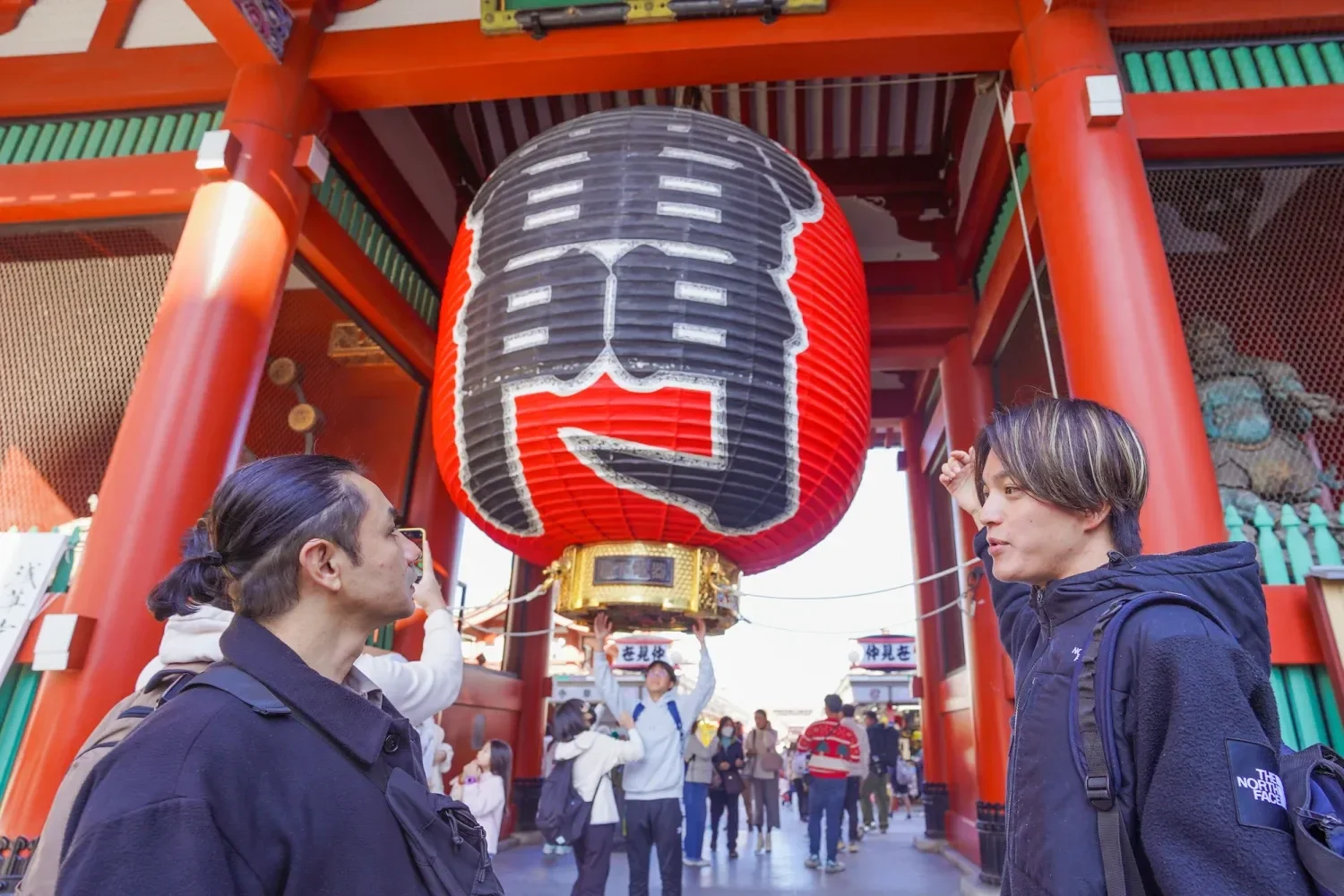
This is a special 3-hour tour that allows you to fully immerse yourself in the charms of Asakusa. With a small group limit of 8 participants, a local guide who has lived in Asakusa for over 7 years will show you the authentic Asakusa beyond typical tourist routes.
The tour is priced at 82.63 USD (approximately 12,000 yen) and runs from 11 AM to 2 PM. At Nakamise Street, you'll taste traditional snacks, and at Asakusa Temple, you'll learn about Japanese Buddhist culture.
The highlight of the tour is the matcha-making experience in a tranquil tea room. You'll prepare the highest-quality matcha while exploring the profound world of tea ceremony.
In the back alleys of Hoppy Street, you can enjoy a Monjayaki or Okonomiyaki cooking experience (vegetarian options available). The tour includes one complimentary drink, allowing you to savor the true taste of Tokyo.
Suitable for families, friends, couples, and solo travelers alike. Photos taken during the tour will be emailed to you afterward.
More details here: Asakusa Cultural Walk & Matcha Making Tour
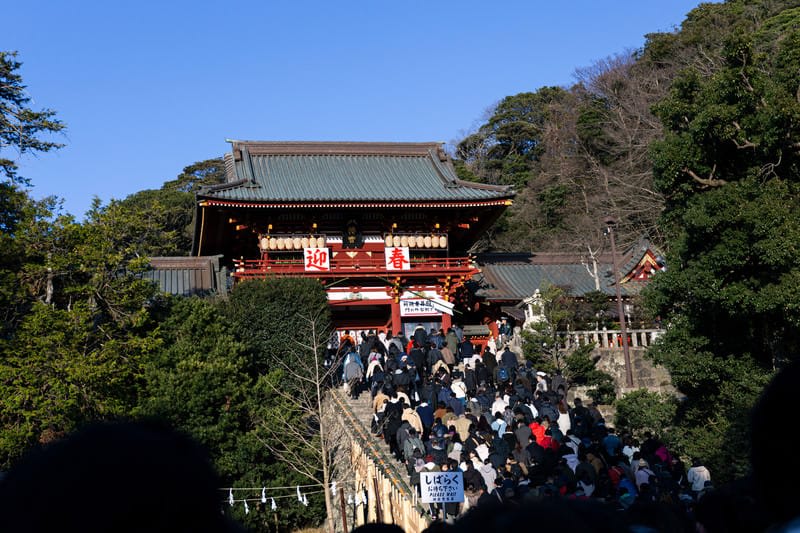

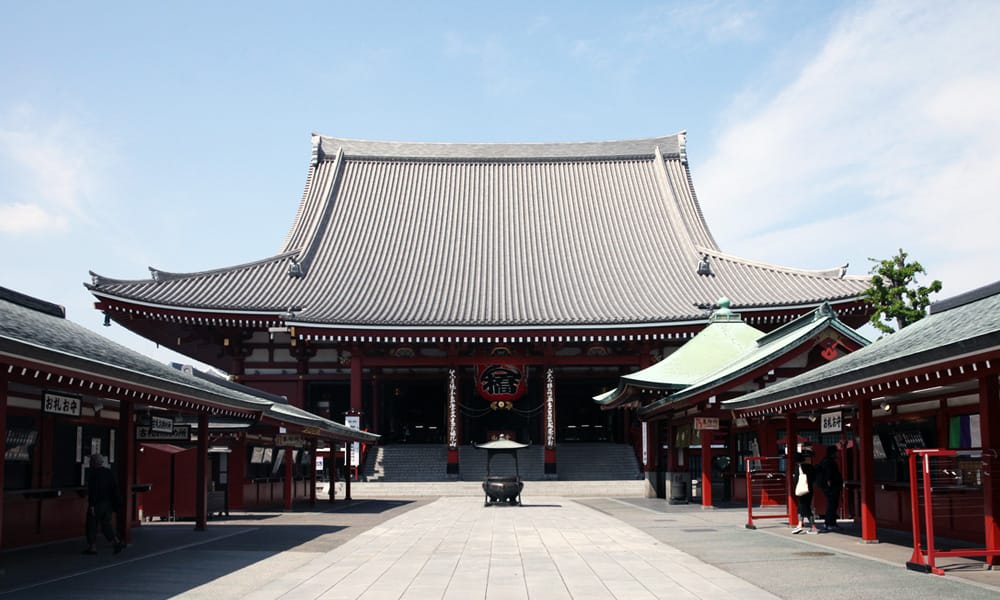
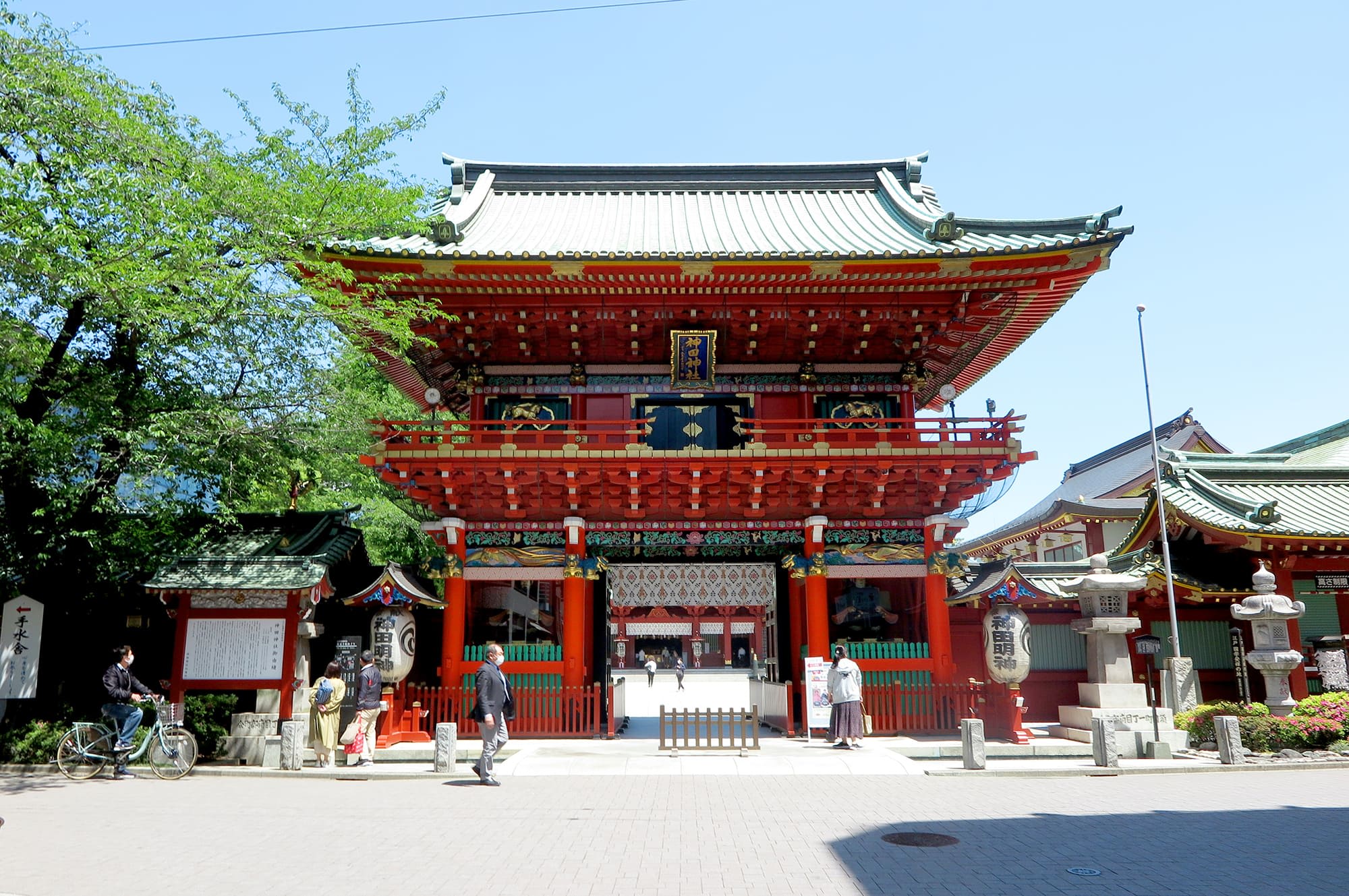
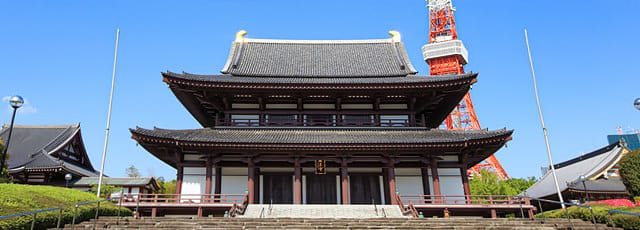

![[1200_1200]_20240530202327_五條天神社 社殿 (1).jpeg](https://res-4.cloudinary.com/dbm1qiew0/image/upload/q_auto/v1/blog-images/-1200_1200-_20240530202327_----------1-.jpg)




